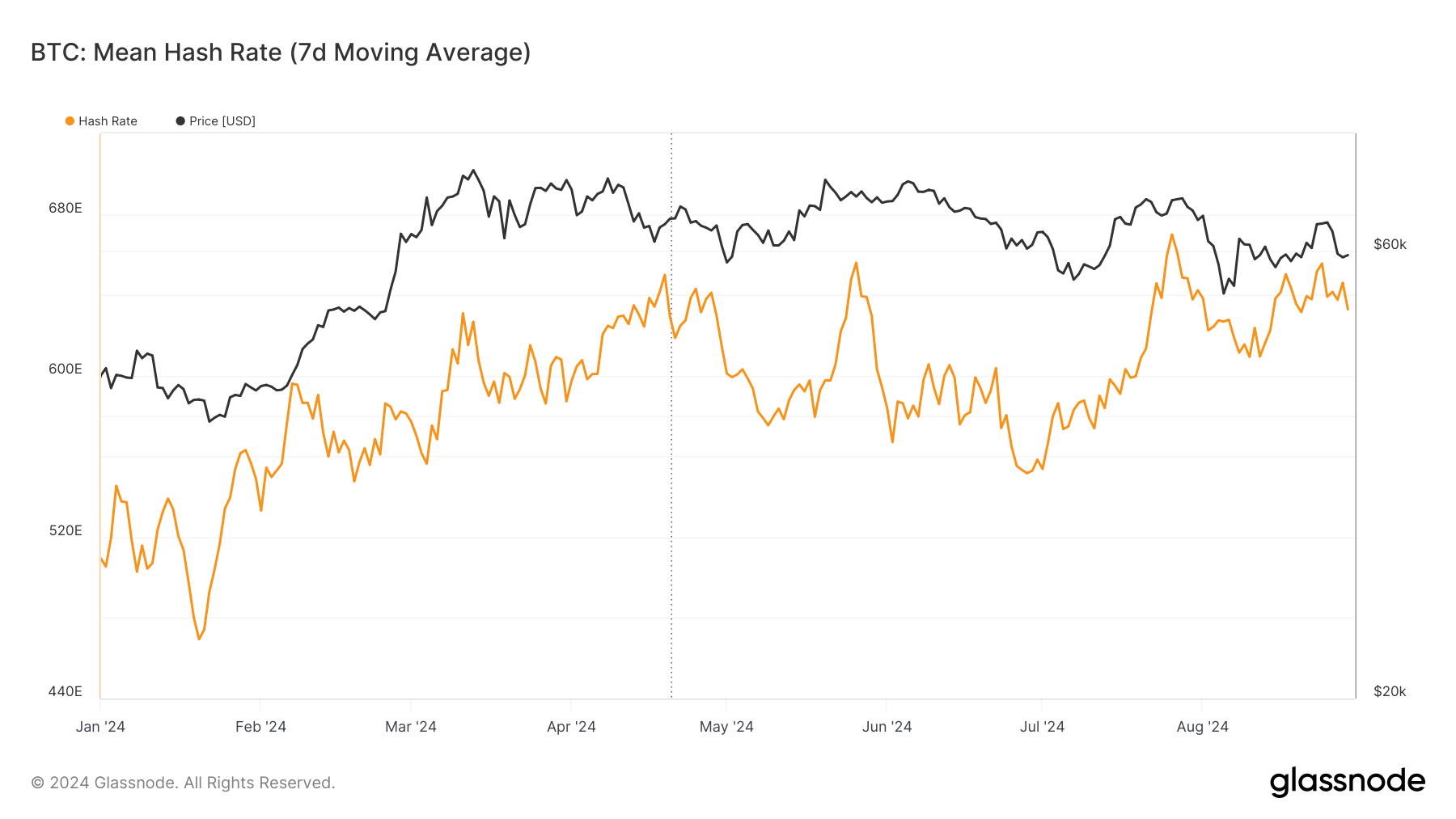Binance boss Changpeng ‘CZ’ Zhao continues to scream ‘4’ as a fresh tsunami of unflattering media drowns what’s left of the controversial digital asset exchange’s raggedy-ass credibility.
This week began with Binance being hit with a U.S. Commodity Futures Trading Commission (CFTC) lawsuit for pretending to withdraw from the U.S. market while actively circumventing regulations to maintain ties with its U.S. crypto whales. New reports reveal that Binance’s much-publicized 2017 withdrawal from China after that country outlawed cryptocurrency trading was equally duplicitous.
The Financial Times reported obtaining a November 2017 internal message in which CZ instructs staff that the company will “no longer publish our office addresses” so that “people in China can directly say that our office is not in China.”
Another internal communication from 2018 informed mainland-based staff that their wages would flow through a Shanghai bank. In 2019, mainland staffers were told to visit a China-based office for an education session on taxation. Some staff later speculated that Binance might open an office in Beijing, only to be informed that “Publicly, we have offices in Malta, Singapore, and Uganda … Please do not confirm any offices anywhere else, including China.”
Binance issued a statement that “strongly” rejected the FT’s assertions, calling them “ancient history” and insisting the FT was “dramatically mischaracterizing events.” The statement added that while Binance “did have a customer service call center based in China to service global Mandarin speakers, those employees who wished to remain with the company were offered relocation assistance starting in 2021.”
In 2020, Chinese state-run media reported the ease with which Beijing residents could sign up to purchase digital assets from Binance. Last week, CNBC reported on online forums led by Binance staff and ‘Binance Angels’ that instructed mainland residents how to access the exchange via virtual private networks (VPN). Much like the instructions Binance gave U.S. customers who wanted to continue accessing its dot-com site after the company claimed to have exited the U.S. market.
Predictably, some prominent Binance critics who amplified the FT’s report soon found themselves under attack by swarms of Twitter bot accounts. Clearly, the regulatory shellfire is landing ever closer to CZ’s bunker and appears to have left him more than a little rattled.
Untrue patriot love
Canada may be next on the list of countries Binance pretends to exit. In February, the Canadian Securities Administrators (CSA) gave digital asset exchanges one month in which to submit further data on how they conduct their affairs if they wish to continue operations in the Great White North.
Some exchanges have already signaled their intention to cut off their Canadian customers, while others, including Coinbase (NASDAQ: COIN), Crypto.com, and Kraken, plan to stay. Binance, meanwhile, is said to be still ‘considering’ whether or not to up (hockey) sticks and leave.
Given Binance’s history of telling regulators in Canada’s most populous province of Ontario that they were exiting the market only to tell their customers that it was business as usual, we feel we can safely predict that a host of affiliate marketing sites will soon be adding instructions on how to access Binance from Canada via VPNs. After all, why would this time be any different? Lying is Binance’s default state.
Binance.US in the crosshairs
Concerns are also mounting over the future of Binance.US, the allegedly independent U.S.-licensed exchange over which CZ appears to wield absolute control. Binance’s Twitter bot army has been furiously spinning the narrative that only “Binance.US is sued,” and the dot-com operation was immune from these niggling concerns.
It’s as if the CFTC didn’t state on the first page of its suit that Binance operates “through an opaque web of corporate entities, all of which are ultimately controlled by Zhao … and constitute a common enterprise.” More to the point, if CZ continues his Dick Cheney-like strategy of operating from undisclosed locations, the feds may have no recourse but to bring down their ban-hammer on Binance.US.
Meanwhile, Binance.US is dealing with a flood of angry customers who’ve been waiting far too long for their USD withdrawals to process. While funds have been debited from customers’ Binance.US accounts, they’ve yet to appear in their bank accounts. Binance.US claims it’s an issue with “our payment processor” and insists it’s working on it. Or maybe CZ just doesn’t want to pump any more of his precious capital into this sinking ship.
Where you been, girl?
The CFTC suit against Binance has already achieved a minor miracle by forcing Catherine Coley, the original CEO of Binance.US, out of whatever witness protection program she’s been living under since she abruptly exited Binance in April 2021. Her replacement, Brian Brooks, lasted only three months before he, too, channeled his inner Johnny Paycheck, reportedly due to his realization that CZ was calling the shots.
In February, Reuters quoted Coley expressing surprise that CZ-connected companies had withdrawn over $400 million from Binance.US bank accounts without her knowledge or permission. Those unauthorized transfers occurred in the weeks and months immediately preceding Coley’s abrupt resignation.
On Wednesday, Reuters reported that Coley had hired James McDonald—a partner at the firm of Sullivan & Cromwell (S&C) and a former CFTC director of enforcement—to represent her in the CFTC investigations into Binance. Coley wasn’t named in the CFTC suit, and neither she nor McDonald have so far offered any specifics on her defensive posture, but she would most assuredly have insights into CZ’s methods for perpetuating the Binance.US ruse.
S&C has attracted attention for its role in the ongoing bankruptcy proceedings of the FTX exchange. FTX founder Sam Bankman-Fried has blamed S&C for pressuring him to file for Chapter 11 and fought hard (but lost) to keep S&C out of the proceedings. S&C has been criticized for its hefty legal bills in the FTX bankruptcy, which amounted to $16.8 million in just the month of January.
Insider trading
CZ claimed in a Twitter AMA last November that Binance didn’t have a “quant trading firm.” This week, the CFTC revealed the existence of 300 CZ-controlled accounts that took trading directions from Binance’s “quant desk.”
CZ responded to the CFTC’s claims by issuing a blog post in which he denied trading against Binance customers. CZ further claimed that Binance had a strict insider trading policy prohibiting “anyone with access to private information, such as details of listings” from buying or selling those tokens.
In January, a Medium post identified digital wallet activity from 2020 that strongly suggested someone with advanced knowledge of what tokens Binance planned to list. This individual(s) used this knowledge to purchase large quantities of tokens pre-listing, then sold them immediately post-listing for an aggregate profit of around $1.4 million.
This week, Twitter user FatmanTerra posted a thread amplifying this insider trading story, which for many Twitter users, was the first they’d heard of it. The outcry that followed forced CZ to reply the following day, thanking FatmanTerra “for pointing this out,” but CZ went on to claim that Binance “had frozen $2m associated with the address in question before your thread.” Sure you did.
Patrick Hillman, Binance’s public relations frontman—quite possibly the most thankless job in business—previously stated that Binance had “an internal security team that monitors multiple platforms for possible employee trading activity.” Heckuva job, Brownie.
Fools and their money
Thursday brought the surreal announcement that Binance had joined the FIDO Alliance, a group of tech-focused firms aimed at promoting authentication standards that could wean the world off passwords. Without a hint of irony, Binance crowed that this feather in its cap helped demonstrate the crypto world’s “growing maturity.”
Bear in mind that this is the same crop of oh-so-mature types who joked with each other about the Hamas terror group being forced to launder cash on Binance in such small amounts that Binance execs questioned whether the individual transfers would pay for one AK-47.
Binance may proclaim both their maturity and their innocence to the heavens, but the internal communications exposed in the CFTC suit leave no doubt that the company and its senior management have zero credibility. None. They’re fundamentally incapable of telling the truth unless they believe no outsiders are listening.
CZ & Co. have definitely earned the RICO criminal charges that are almost certainly waiting to be unsealed. But at this point, anyone who continues doing business with these scammers will have earned what happens to them. Take our advice: visit your local library, then exit this crooked crypto casino before it’s too late.
Follow CoinGeek’s Crypto Crime Cartel series, which delves into the stream of groups—from BitMEX to Binance, Bitcoin.com, Blockstream, ShapeShift, Coinbase, Ripple,
Ethereum, FTX and Tether—who have co-opted the digital asset revolution and turned the industry into a minefield for naïve (and even experienced) players in the market.
New to Bitcoin? Check out CoinGeek’s Bitcoin for Beginners section, the ultimate resource guide to learn more about Bitcoin—as originally envisioned by Satoshi Nakamoto—and blockchain.



